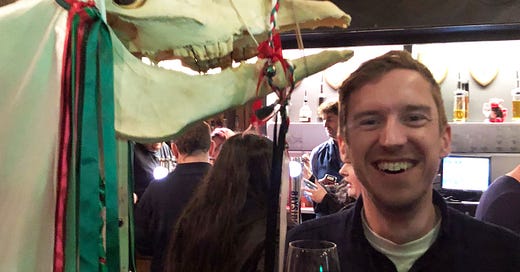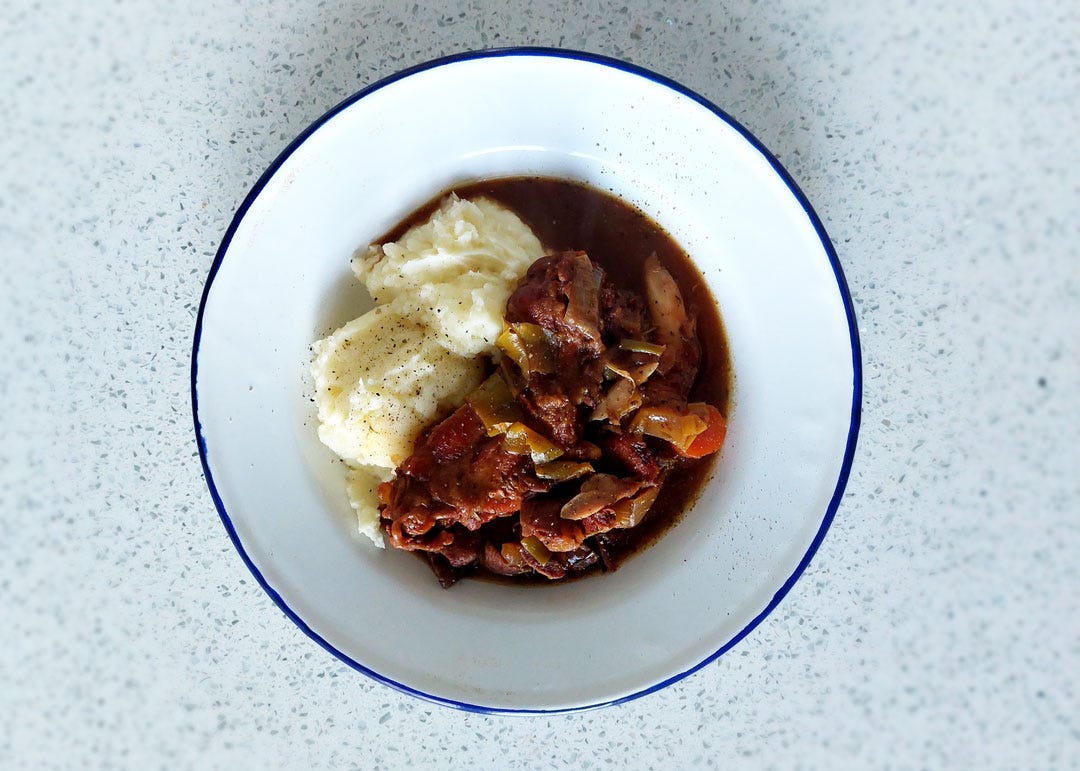Blwyddyn Newydd dda! Happy New Year!
It might seem a little late in the month now to be offering such a greeting, but yesterday was New Year. At least it was in Cwm Gwaun, a small village near Fishguard in West Wales. Bear with me on this one.
What most of us celebrated a fortnight ago was in fact new New Year. I say that, because we’ve only been celebrating it then for the last 250 years. The community in Cwm Gwaun still celebrates Hen Galan or old New Year. Hen meaning old and galan meaning the first days of the calendar or month. It’s all down to a change in the calendar in 1752.
Before that date, here in Britain, we were still using the Julian calendar thanks to Julius Caesar, but our neighbours in Europe had been using the Gregorian calendar for nearly 200 years by this point. This new calendar had been introduced across much of the Catholic world as it a was proposed by Pope Gregory XIII. Britain being protestant had refused to play ball until it got to a point where we were 11 days out from Europe. This created all sorts of issues for trade and industry, and it was finally decided that all of Britain should adopt the Gregorian calendar too. So, on 2 September 1752, it was officially changed, which meant the next day of the week was 14 September.
I say all of Britain, but of course, the Welsh like to make a point and a few communities decided to keep their way of working out the days. This included Cwm Gwaun.
There are many traditions that are or have become associated with Hen Galan, including calennig.
“On New Year’s Day from mid-night to noon, children would go from home to home collecting calennig. In the nineteenth century, it was a common practice for children to decorate an apple or orange by sticking sprigs of rosemary or ears of corn in the fruit and surrounding it with holly. Verses were sung at the doors of houses and a gift of food or trifling amounts of money were handed over to collectors as they completed the recitations or singing of a stereotyped verse. In Pembrokeshire, calennig collectors carried vessels of freshly drawn spring water, with sprigs of box, holly, myrtle, rosemary or any other evergreen plant. The hands and faces of every person they met on their rounds were sprinkled with water in return for money. In each house that they entered, water was sprinkled around the living room, the sprinkling being accompanied by a verse.” Life & Tradition in Rural Wales [1976] by J Geraint Jenkins.
In recent years, the tradition of the Mari Lwyd has also been celebrated on eve of Hen Galan. I spoke all about this last year in the newsletter, as it has to be one of the strangest Welsh traditions. This year, I was delighted that the London Welsh Centre arranged the Mari Lwyd again in London. Here’s a snap of me with Mari.
The Recipe
Rabbit casserole recipe
I love rabbit and this warming, rich casserole makes use of some bits you might still have leftover from Christmas. I serve it with rich, buttery mash. I’ve only used the rabbit legs here, as it was all I could get my hands on, but you can use portions of the whole rabbit if you can find it.
Ingredients
2 tbsp flour
2 tsp dried thyme
2 rabbit legs
2 tbsp butter
1 onion, roughly chopped
1 small leek, roughly chopped
3 medium carrots, roughly chopped
3 celery stalks, roughly chopped
150ml sherry (I used oloroso, but you can use whatever you have or wine or brandy)
750ml chicken stock
12 dates, roughly chopped
Method
In a bowl, mix together the flour, thyme and a bit of salt and pepper. Dust the rabbit legs in the flour.
In flameproof casserole dish or saucepan, heat 1 tbsp butter. When fizzing, add the rabbit legs and brown on all sides. Remove from the pan.
Add the remaining butter to the pan and gently soften the onions, leeks, carrots and celery for 10 minutes. Tip in the flour that’s left in the bowl and stir.
Increase the heat and tip in the sherry to deglaze. Add the dates and rabbit legs and pour over the stock.
Bring to the boil, then turn down, cover with a lid and cook for about an hour and a half. Take the lid off, give everything a stir and cook for a further 30 minutes without the lid.
At this point, the rabbit should be falling off the bone. Serve over mash as is, or carefully remove the rabbit legs and discard the bones before returning the meat to the pan and serving at the table.
If you try the recipe out, don’t forget to tag any photos with #mywelshkitchen.
The Playlist
To me, cooking and music go hand in hand, whether that’s singing at the top of your voice using a wooden spoon as a microphone while waiting for pasta to boil, or dancing around with the oven gloves on as the oven timer counts down. Here are this week’s ideas for your Welsh Kitchen playlist.
First up this week, we have Welsh American baritone Thomas L Thomas. Born in Maesteg in 1911, Thomas won a scholarship to study singing in New York and lived most of his life in the USA and performed prolifically as a concert singer, although he could easily sing opera too. He always included Welsh songs in his repertoire and famously sang Nos Galan via video link for the launch of the Welsh-language channel S4C in 1982.
And I can’t let her birthday pass without mention, so secondly, we have Dame Shirley Bassey who recently celebrated her 86th birthday. This understated song is from her 2020 album, I Owe It All To You.
Bugeilio’r Gwenith Gwyn by Thomas L Thomas
I Was Here by Dame Shirley Bassey
And finally
This month, the Welsh Kitchen newsletter is officially two years old. That’s 66 newsletters, nearly 450 subscribers, more than 55 recipes, and over 100 music recommendations. I can’t quite believe it, and I want to thank you as a subscriber for supporting the project and me. I really hope you enjoy reading my tales and hope you try out some of the recipes, or simply listen to the music. If you know someone who you think might like the newsletter, please forward it on to them and ask them to subscribe.
Diolch o galon!
Ross x






